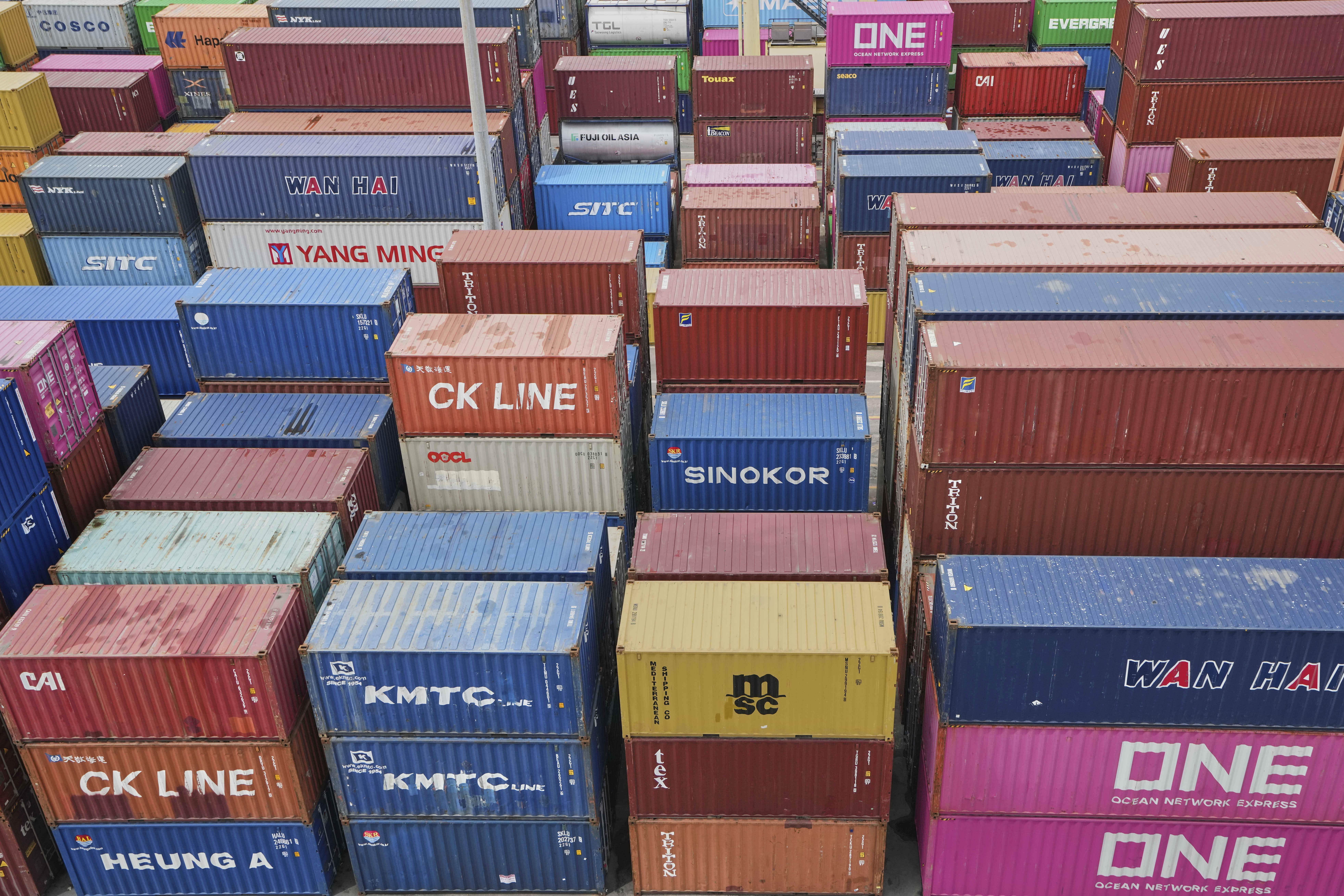
Asia’s export hubs are showing surprisingly robust economic results a month after US “reciprocal tariffs” came into force, easing fears that prompted economists to cut growth projections and regional central banks to warn of downside risks.
Readings of manufacturing activity this week showed order books are growing from Thailand to Vietnam, demand is drawing down from inventories and optimism remains among factory owners. South Korean exports, an early barometer of regional trade, held up in August and shipments in July from Sri Lanka and Thailand grew at double digits.
Bank of America upgraded its growth forecast for emerging Asia this year by 30 basis points to 4 percent — including Vietnam, long seen as most at risk from tariffs. BofA economists cited a raft of trade deals, domestic growth, tech exports holding up, lower than expected average tariffs and China’s growth as providing a boost.
“Compared to our mid-year outlook published in June, macro uncertainty seemed to have deescalated,” they said in a research note.
The resilience suggests domestic factors are helping insulate Asian economies from US tariffs — from central bank easing to intraregional export demand and domestic growth. Meanwhile, in the US, demand for goods has so far held up even after a summer of firms frontloading imports, suggesting President Donald Trump’s tariffs may not do as much damage to the region.
ALSO READ: Nippon Steel drops lawsuit over buyout of US Steel
Japan’s second-quarter growth expanded at a faster-than-expected pace on domestic demand, and capital spending — while easing from recent highs— remained positive through June.
Across Southeast Asia, manufacturing activity rose at the fastest pace in more than a year and business confidence surged by the most in five months in August after dipping to a five-year low in the prior month, according to S&P Global’s PMI index.
In developed Asia, South Korea’s August exports rose at the same pace as the prior month when adjusted for working days, led by demand for semiconductors. Across developing nations in July, exports in Sri Lanka climbed at a faster pace than June, were better than expected in the Philippines and Indonesia, and remained above the five-year average in Thailand.
Vietnam’s exports likely advanced at a double-digit pace, a Bloomberg survey showed ahead of data this week.
ALSO READ: Euro zone economic growth remains sluggish in August, PMI shows
Supporting external demand and keeping factories humming are a spate of trade deals inked by Trump and regional leaders in July, including for South Korea, Japan, Vietnam and Indonesia.
Regional central banks have embarked on an interest-rate cutting campaign that is also boosting demand. In Indonesia, Southeast Asia’s largest economy, officials have eased the policy rate three times this year. Malaysia cut for the first time in five years in July and the Bank of Thailand’s 1.5 percent benchmark is among the lowest in the world.
Still, uncertainty remains. Companies and markets are waiting for details on potential chip and pharmaceutical tariffs, currently being investigated under Section 232 that relates to national security. Technology demand could also take a hit after Trump revoked waivers for a number of companies.
The International Monetary Fund warned recently that while the world economy is proving resilient to tariffs, it still anticipates weakness ahead.
Trump’s Liberation Day levies are also the subject of an ongoing court case. After an appeals court ruled them illegal last month, the administration appealed. A ruling against it could offer further relief, cutting the effective US tariff rate by about half, according to Bloomberg Economics.
Yet that could also potentially inject more uncertainty as Trump has hinted that if the ruling doesn’t go in his favor, trade deals made after Liberation Day could also be at risk. That could also open the door to other methods of targeting the US trade deficits that the White House is seeking to narrow.


